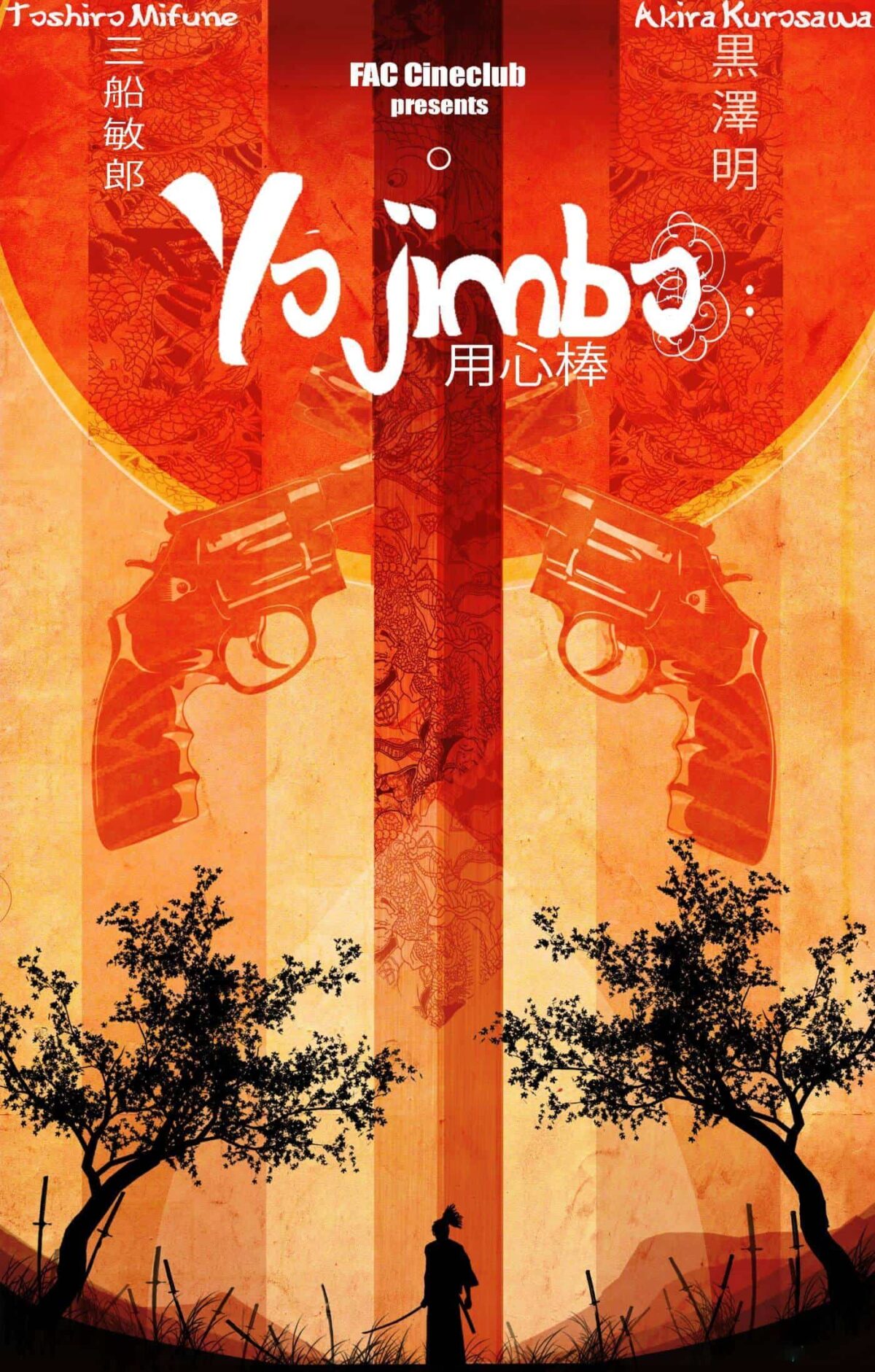Let us say that you want to direct a battle scene in a movie. How would you go about doing it? Where will you place the camera? This is important because it will decide from whose point of view the scene will be shot. Usually, this means point of view of multiple characters. With the plethora of technologies available today, the camera can be placed literally anywhere and can be moved in any direction, at varying speeds. All this combines to make some very effective battle scenes as is evident from the many examples in last twenty years or so.
While a director today has myriad options at her disposal in terms of camera placement and movement, this also results in a set pattern in which most scenes are shot. Wide shot to cover the battle field, close ups of the actors preparing for battle, camera moves with the actors with the help of crane, trolly and a host of other equipment and last but not the least, CGI to fill in the gaps left by the limitations of the physical camera. This makes one wonder: is there any other way to do it?
If you had asked this question to Japanese director Akira Kurosawa, his answer would be a resounding yes. If Kurosawa were alive today and you gave him a list of all the camera movements that are possible today and ask him to choose, he would choose the one movement that is rarely used by any director for action/battle scenes. He would choose panning the camera. Panning is when the camera is stationary at a distance and just turns as required. When you turn your necks to and fro while watching a live tennis match, that’s panning.
How can you shoot a battle scene with only the pan movement? Therein lies the genius of Akira Kurosawa.
Kurosawa made most of his movies between 1940 – 1960 when the technology was much less advanced. Many of his movies were based on Japanese history and had many battle scenes in them. And yet, when you look at them today, they fully convey the sense of dynamic movement and lively character of a battlefield.
Here’s what Kurosawa did. He chose few vantage points to place his camera, sometimes far apart. In case of Kagemusha, this distance was sometimes close to a hundred kilometers. Once the camera is placed and action begins, he simply follows the movement of horses and soldiers on the battlefield by panning the camera. There are not many cuts, he prefers longer takes. So if he wants to show a horseman riding, he will start from one end and by panning the camera, follow the fast motion of the horse throughout. This gives great sense of dynamic action to the scene without camera movement. The longer takes also preserve the continuity for much longer periods as opposed to the fast cuts that are routinely used in action scenes. Imagine the following scene being shot today. How many cuts would it have?
Making a scene dynamic without physical displacing the camera is the secret of Akira Kurosawa.
I am reminded of a great scene from Jaws where Steven Spielberg does a similar thing. The shot opens with the Mayor waiting. A car arrives and the city officials get out and meet the Mayor. At this point the whole thing starts moving and we realize that we are in a carrier that is leaving the port. As the shot progresses the background keeps shifting adding great dynamic impact. At one point, close ups are needed but Spielberg does not move the camera. He makes the characters come towards the camera. The best way to appreciate this is to watch the clip without sound and focus on movement of the actors and how the background moves.
Movement is at the heart of Kurosawa’s action movies. Even in his still shots, there is usually movement in background that captures the eye – rain, wind, sea, fire or people moving. Watching Kurowasa’s movie feels like watching the battle first hand. The only advantage you have is a good vantage point. You don’t see the battlefield as the actors see it, you see it from a neutral point of view.
There is another reason why the panning movement of the camera seems so natural. Man started walking upright on two legs six million years ago. As he stood upright, he had to turn his head through 180 degrees to watch the surroundings. The pan movement has been imprinted on our brains for millions of years.
Kurosawa has turned a primal instinct into a filmmaking tool.


